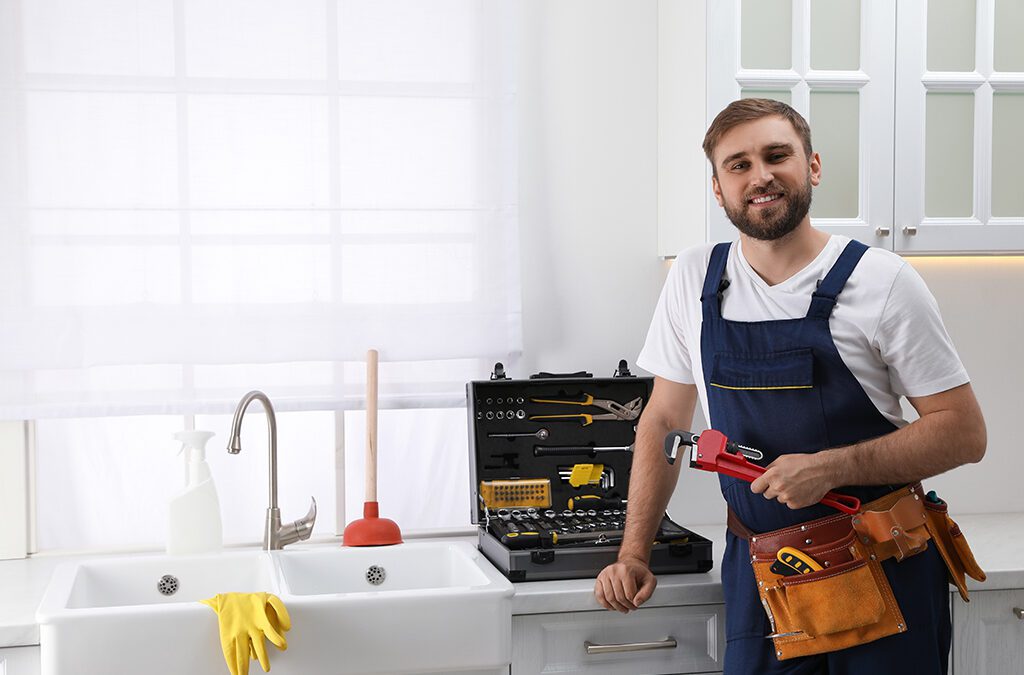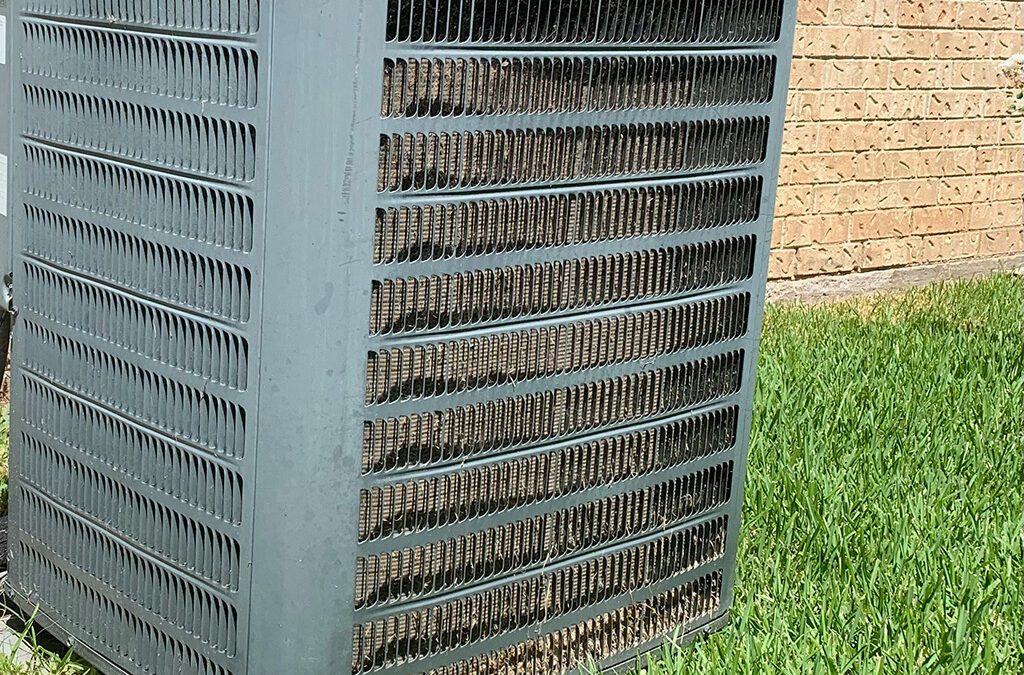Another Chattanooga winter is upon us, which means cold temperatures and the inevitable inclement weather. It also means that the humidity is much lower. In the winter, the humidity levels are lower because the cold air contains less moisture than warm air. A low humidity can cause a variety of health issues including sinus and respiratory problems, nose bleeds and dry, scratchy skin. These problems are made worse with your home’s furnace, which uses combustion to generate the warm air – burning off most of the available water vapor.
With less humidity, the ambient air feels cooler –which often compels the household to crank up the heat even more. The good news is that the humidity levels in your home can be better controlled by adding a humidifier. There are three different types of humidifying that could benefit your home depending on your household needs. If you are experiencing the detrimental effects of low humidity this winter, look into the following options:
Portable Humidifier – This is the most common type of humidifier, which is designed to easily move throughout the home. Also referred to as a room humidifier, it is most recognizable as an essential accessory in the room of a newborn. While there are a variety of sizes and styles, there are two basic types: one offers a warm mist and one offers a cool mist. The warm mist units contain a heating element that heats the water into a mist that is dispensed into the air. The cold mist units have a filter that acts as a wick and absorbs the water from the reservoir. A fan blows air through the filter, causing the water to evaporate into the air. While a portable humidifier is a popular option, it doesn’t offer a lot of control over the humidity of a room. For households dealing with severe problems from low humidity the best solution is a whole home humidifier.
Whole Home Humidifier – This type of humidifier is the most reliable for controlling the amount of humidity throughout the home. It is installed directly into the furnace system where vapor is added to the heated air. The humidified air is distributed through the furnace ducts; allowing it to cover the entire home quickly and efficiently. The humidity is controlled by a humidistat which ensures a healthy and consistent level at all times. This is the most expensive kind of humidifier and not compatible with all furnace systems. A whole home humidifier requires both a connection for water and enough room for proper installation.
Homemade Humidifier – A very easy way to add moisture to the air is to place water over a heating element. Simply taking a pot of water and placing it close to a radiator or other heating system will add moisture into the air. Drying wet clothes in the home or filling a tub with hot water are other ways to add humidity. None of these methods are ideal and their effectiveness depends on several factors including the size of the room, the amount of water and the heating element. Small homes and apartments are best suited for going the DIY route, especially if your budget doesn’t allow for a portable humidifier.
How to Add Moisture to the Air Without A Humidifier
Keep your family healthy and comfortable throughout the dry winter with help from a humidifier. Ensuring that your air quality is clean and at an ideal humidity are also concerns at Metro Plumbing, Heating & Air Conditioning. If you ever need assistance with IAQ or heating concerns, contact us today! We can help with a variety of IAQ and heating issues – and are available 24/7 for emergency care. Call us at 423-855-0967 today to schedule an appointment.
Related Blogs:
The Gift of Quality Air
Allergies and Clean Air
Metro Plumbing, Heating, and Air Conditioning is the service company you want! Call us today at (423) 616-1025!
Slightly edited Photo Source courtesy of Dolapo Falola



